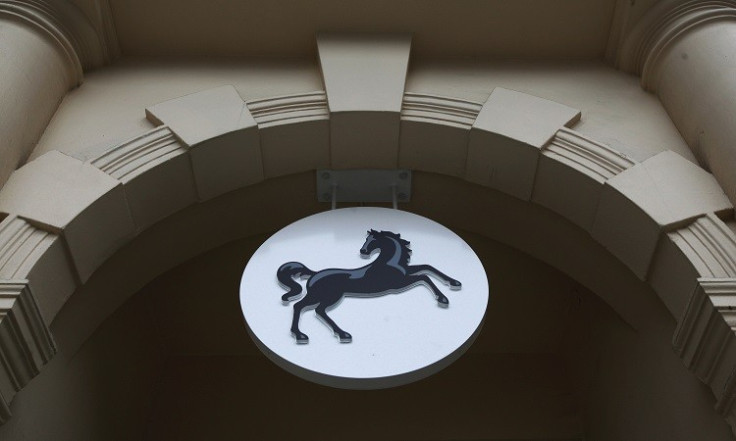Lloyds Dividends in Jeopardy After Narrowly Passing EBA Stress Tests

Lloyds Banking Group's plans to deliver dividends for the first time in years, as well as becoming fully privatised, could be in jeopardy after the 25% government-owned lender only narrowly passed the European Banking Authority's (EBA) stress test.
In July this year, Lloyds said it would start paying dividends for the first time in six years, in the last half of 2014, after it had successfully cut down costs, boosted profits and was on track for full privatisation.
However, the EBA stress tests – which assessed how much of a cash buffer zone a lender has on its balance sheet in order to withstand another financial crisis – showed that Lloyds has a core Tier 1 capital ratio of 6.2%, which is only just above the 5.5% minimum required under new banking rules.
Lloyds said the stress test results "reflect the steps taken by the group's management over the last three years to return its balance sheet to a robust position".
Lloyds used to pay shareholders some of the largest dividends as a FTSE 100 company prior to its £20.5bn (€26bn, $33bn) state bailout in 2008.
Since it is still part-owned by the state and its largest investor is UK Financial Investments (UKFI), it has to get permission from the government before it can start paying shareholders a dividend or changing remuneration details.
PRA's stress test less 'onerous'
A senior source close to Lloyds told IBTimes UK that "the bank is likely to wait until the results of the Prudential Regulation Authority's own form of stress tests, which is a lot less onerous and static than the EBA's".
"You have got to remember, the EBA's methodology is very static and included one-off charges which doesn't really count as a long-term instability factor."
The government has now sold 36% of its original stake in Lloyds, which now stands at 24.9%.
On 25 April, Lloyds gained government support over its plan to pay staff up to 200% of their salaries in bonuses.
It is, however, set to save even more cash after it revealed that it plans to axe more than 10% of its workforce over the next three years as part of chief executive António Horta Osório's strategic review of the business.
According to reports, the bank, which employs 85,000 people, is likely to cut about 9,000 jobs in addition to the 45,000 redundancies announced since its near-collapse and bailout in 2008 and 2009.
The company axed 30,000 jobs after the bailout, and announced a further 15,000 job cuts as part of a three-year plan in 2011.
Lloyds declined to comment on whether it would delay its push to start repaying dividends.
© Copyright IBTimes 2025. All rights reserved.






















